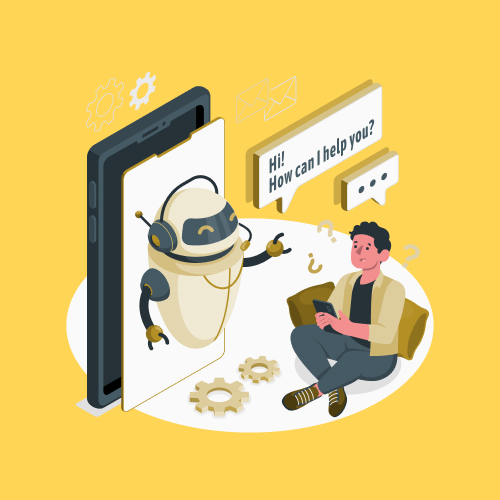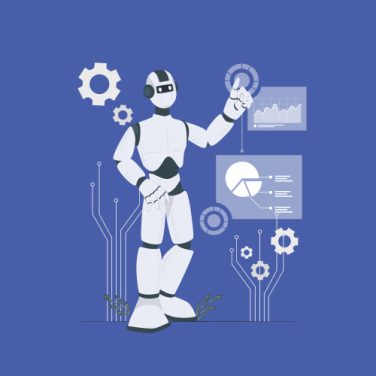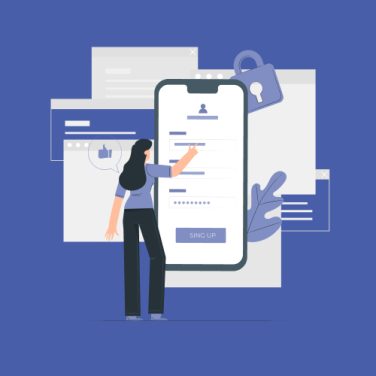Recruiters today juggle large candidate pools, rising expectations for instant updates and personalised interactions. Manual screening slows processes, elevates time-to-hire and risks losing top talent to faster, tech-savvy competitors.
AI recruiting chatbots offer scalable solutions by automating initial engagement—mirroring conversational experiences from consumer apps like virtual assistants. This shift meets candidate demand for immediate feedback and streamlined communication.
Key benefits
- 24/7 candidate support: Chatbots provide instant responses across time zones.
- Reduced time-to-hire: Automated screening cuts screening time by up to 75%.
- Enhanced candidate experience: Personalised flows boost satisfaction and offer acceptance rates.
- Data-driven decisions: SmartAssist and Data & AI deliver analytics for continuous optimisation.
As competition intensifies, integrating AI recruiting chatbots helps HR teams maintain consistent employer brand voice and scale outreach. Virtual recruitment frameworks powered by AI enable recruiters to focus on high-value tasks—conducting in-depth interviews and strategic talent planning.
What are AI recruiting chatbots?
AI recruiting chatbots are intelligent conversational agents built on Natural Language Processing (NLP) and machine learning.
They interact with applicants via text or voice interfaces, simulating human recruiters to capture qualifications, answer questions and guide candidates. Integrating seamlessly with virtual recruitment processes, they adapt to varied workflows and communication channels.
Core capabilities include:
- Automated screening: chatbots ask custom questions to pre-qualify and rank candidates against job requirements.
- Interview scheduling: bots sync with calendars to book and reschedule interviews, minimising coordination delays.
- Candidate support: 24/7 handling of FAQs on company culture, benefits, roles and application status.
- Data collection: capture structured and unstructured responses to feed predictive analytics.
Unlike rigid rule-based systems, AI recruiting chatbots leverage continuous learning. Natural language understanding enables them to handle ambiguous queries, understand context and maintain conversation history.
Over time, machine learning models improve response accuracy and relevance, reducing false positives in screening and enhancing candidate experience with adaptive conversational flows.
In virtual recruitment, chat interview features allow text-based assessments and transitions to live video. This integration streamlines early-stage interviews, reduces bias with standardised prompts, and saves time for recruiters and candidates alike.
Benefits of AI recruiting chatbots for candidate engagement
24/7 candidate support and instant responses: AI recruiting chatbots operate round-the-clock, ensuring candidates receive immediate updates, answers and confirmations regardless of time zone. At peak times, bots manage thousands of concurrent conversations, eliminating service bottlenecks. They ensure consistent communication, preserving employer brand voice across all candidate interactions. With predefined response libraries and dynamic fallback mechanisms, chatbots resolve common questions on application status, interview logistics and company policies, reducing drop-off rates by over 50%.
Personalised candidate experience: By leveraging data-driven insights, AI recruiting chatbots tailor conversations to individual profiles. Dynamic question flows adapt based on candidate inputs, ensuring relevance and reducing redundancy. Multi-channel deployment lets chatbots engage candidates via web, mobile apps and social media, adapting tone per channel. Integration with email and SMS ensures candidates receive reminders and updates on preferred platforms. This customisation increases satisfaction, reinforces employer brand and boosts offer acceptance rates.
Streamlined screening and qualification: Chatbots automate initial candidate assessment through branching logic and scoring algorithms. They collect structured responses to pre-screen based on skills, experience and salary expectations, instantly ranking candidates against job criteria. Scaling screening across large applicant pools, chatbots maintain consistent question quality and avoid manual errors. Recruiters gain real-time visibility into drop-off points and qualification rates via analytics dashboards. Integrated with ATS, screening results flow directly into pipelines, accelerating decision-making.
Key features of effective AI recruiting chatbots
Natural Language Processing and understanding: Effective AI recruiting chatbots utilise advanced NLP to interpret intent, sentiment and context. They parse varied syntax, slang and misspellings to provide accurate responses. Continuous training on recruitment-specific dialogues refines language models, enhancing comprehension of role-specific terminology and candidate queries. This deep understanding reduces misinterpretations and fosters more natural, engaging candidate conversations.
Integration with HR systems: Seamless integration with Applicant Tracking Systems (ATS) and HRIS ensures unified data flow. This connectivity eliminates manual data entry, preventing errors and ensuring that recruiters work with up-to-date information. Single-source data drives efficient recruiting workflows.
Customisable workflow automation: Recruitment teams can design branching logic based on candidate responses, job requirements and business rules. Custom workflows automate screening, scheduling and follow-up communications. Multi-channel deployment across web, mobile and social media broadens reach, while analytics dashboards track engagement, drop-off points and conversion metrics.
Best practices for implementing AI recruiting chatbots
Defining clear use cases and goals: Identify priority areas for automation—screening, scheduling or FAQ handling. Align chatbot objectives with recruitment KPIs such as time-to-hire and candidate satisfaction. Set measurable targets and establish handoff criteria for complex queries. Piloting in one department or role helps validate ROI before enterprise-wide rollout.
Designing conversational flows: Create user-centric dialogues using plain language and logical branching. Map candidate journeys, anticipate common questions and define fallback prompts for unclear inputs. Incorporate human handoff triggers when bots detect sentiment decline or advanced queries. Test flows with diverse user groups to refine clarity and tone.
Data privacy and compliance: Ensure GDPR and CCPA compliance by securing consent for data collection and encrypting sensitive information. Define data retention policies and restrict access based on roles. Maintain audit trails and conduct regular security assessments. Continuous training updates bot knowledge on new roles and policy changes.
Measuring success: Metrics and KPIs
Tracking the right metrics is critical to demonstrate the impact of AI recruiting chatbots on candidate engagement and recruitment efficiency. HR teams should monitor both quantitative and qualitative KPIs to gauge performance and inform optimisation.
- Response time and resolution rate: Measure average time to first response and percentage of queries resolved without human intervention.
- Screening completion rate: Track the share of candidates completing bot-led pre-screening conversations.
- Candidate satisfaction score (CSAT): Collect post-interaction feedback to assess experience quality.
- Time-to-hire reduction: Compare hiring cycle times pre- and post-chatbot deployment.
- Engagement depth: Analyse average message count and conversation duration per candidate.
Next steps for your AI chatbot journey
Launching an AI recruiting chatbot starts with a clear plan and incremental rollout. Follow these steps to accelerate your chatbot adoption:
- Assess recruitment challenges: Identify bottlenecks in screening, scheduling or candidate support.
- Define chatbot goals: Align bot capabilities with KPIs such as time-to-hire and CSAT.
- Select features: Prioritise automated screening, chat interview modules and FAQ handling.
- Monitor and iterate: Use MiHCM Data & AI and SmartAssist for Insights to refine conversational flows, ensuring continuous improvement.



